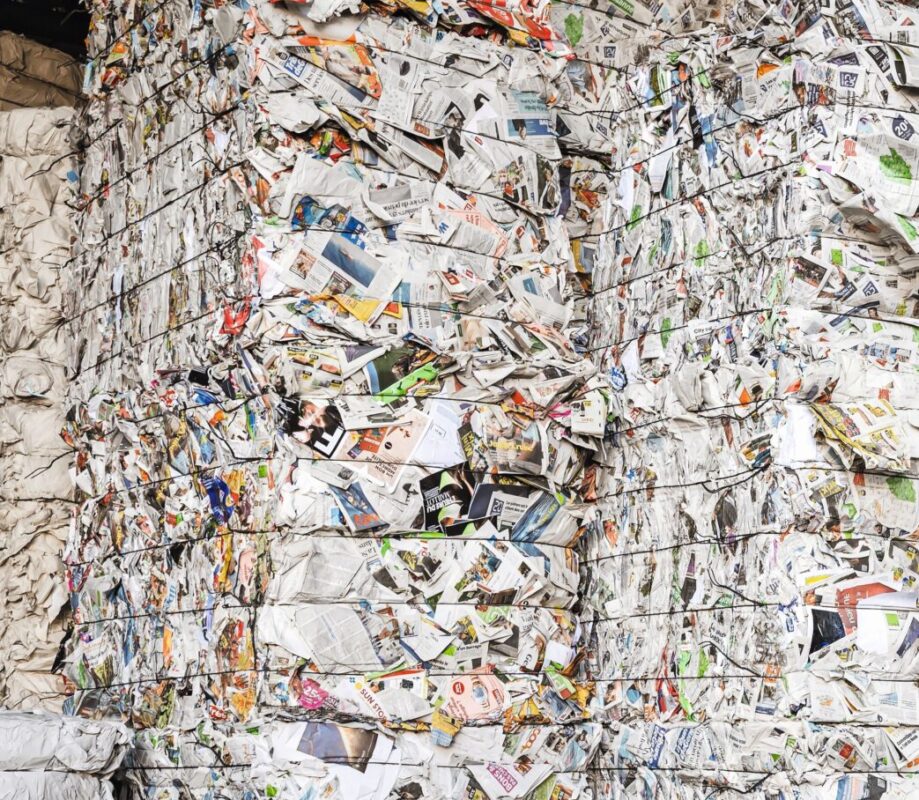Conversion of glaciers into reservoirs
In the course of climate change, most of the world's glaciers will melt sharply. If the glacier basins are used as reservoirs, the water could be stored and used as hydropower. A study by ETH Zurich shows the corresponding global potential.
Realistic memory?
According to the researchers, the approximately 185,000 glaciers under consideration have a theoretical total potential of 875 cubic kilometers of water and a hydroelectric potential of a theoretical maximum of 1350 terawatt hours per year.
"This theoretical total potential corresponds to about one-third of today's global hydropower production," Daniel Farinotti, professor of glaciology at the Laboratory of Hydraulics, Hydrology and Glaciology (VAW) of ETH Zurich, was quoted in the release. "But only part of it would actually be feasible in reality."
Specifically, the researchers estimate around 40 percent of the total potential as potentially suitable. But even these potentially suitable storage volumes were enough "to retain about half of the annual runoff from the glacier catchments studied," Farinotti explains.
To this end, the basins of melting glaciers should be transformed into reservoirs with the help of dams. Especially in the high mountains of Asia, such reservoirs could make important contributions to energy supply and water storage.










